The former president and a world-renowned space scientist, Avul Pakir Jainulabdeen Abdul Kalam was among India’s best-known scientists before he became the country’s president.
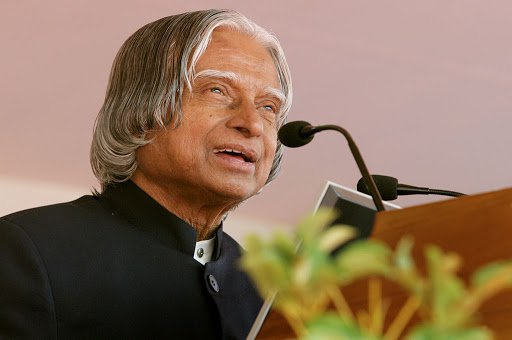
An alumnus of the Madras Institute of Technology, he worked for the Defence Research and Development Organisation (DRDO) and Indian Space Research Organisation (ISRO) where he assisted assisted in the launch of India’s first satellites into orbit.
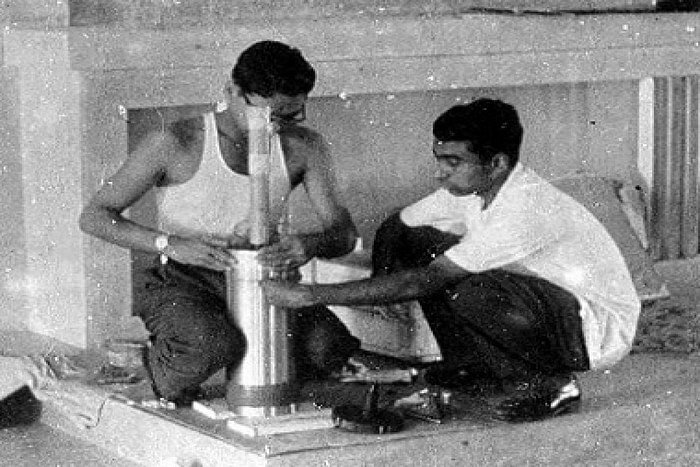
He later worked on developing ballistic missiles because of which, he earned the sobriquet ‘Missile Man’. In 1998, he was recognized as a national hero for leading India’s nuclear weapons tests. In 2002, he was named India’s president and he held that position until 2007.
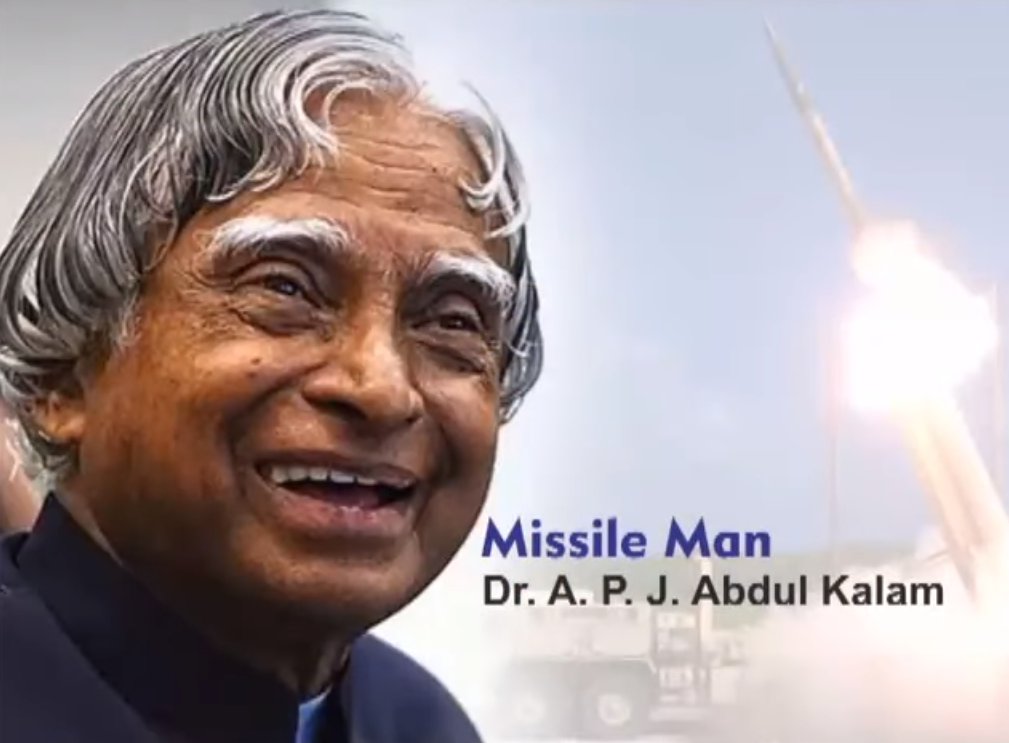
During the Wharton India Economic Forum in 2008, he spoke about his career as a scientist, his vision for the future and the most important characters for leaders.
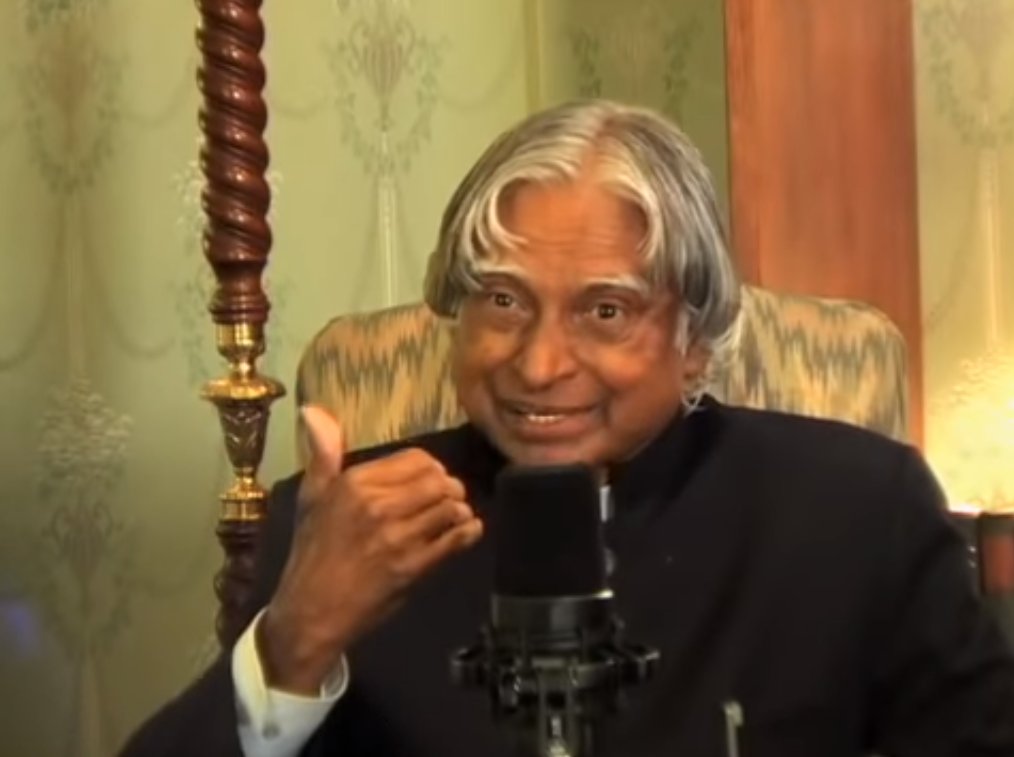
Talking about his 20-years-long experience at ISRO, he said that he along with his team worked to put India’s first satellite into space and then took up the Integrated Guided Missile Development Program.
I learned one of the important things in these programs, both in space program and missile program – we should know, how to handle not only success, (but also) how to handle failures. Particularly if you are in managerial position.
Talking about his experience and lessons during India’s nuclear weapons tests in 1998, he said that the main lesson he learned was how multiple technical teams and several departments of the government could work together for a great mission as an industrial partnership.
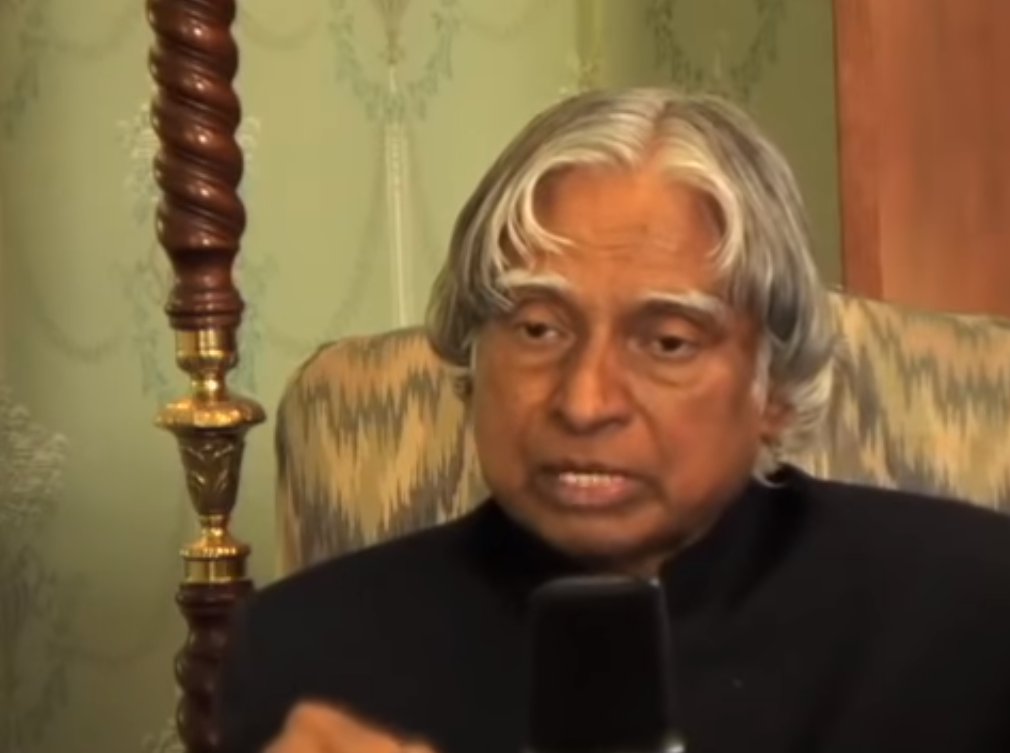
Highlighting his tenure as the president of the nation from 2002 to 2007, he said that any leadership, whether it is political leadership or technological leadership, requires the leader to have six important traits.
First, the leader must have a vision. Second, the leader must be able to travel on an unexplored path. Third, the leader must know how to manage success, and even more importantly, failure. Fourth, the leader should have the courage to make decisions. Fifth, the leader should have nobility in management and finally, the leader should work with integrity and succeed with integrity.
All the traits apply especially to the President of a country. The President continuously must be in touch with the people.
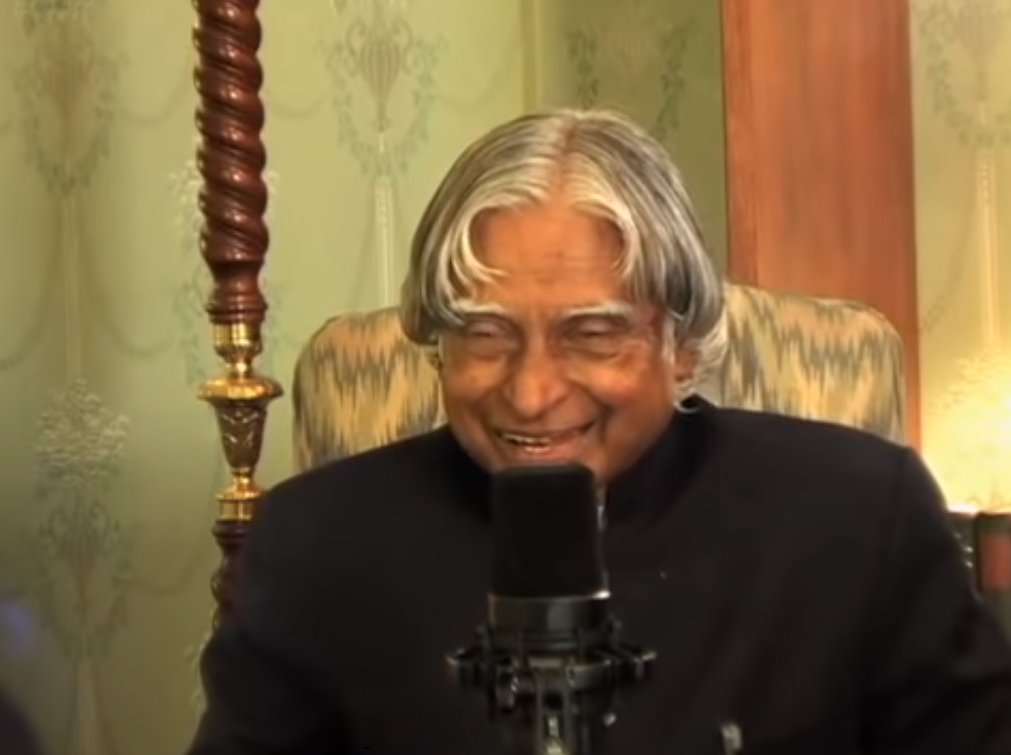
The host then asked him if he can share an example of how leaders should manage failure, from his own experience.
He talked about his experience of working as the Project Director of India’s satellite launch vehicle program, called the SLV-3 to put India’s ‘Rohini’ satellite into orbit by 1980. He shared how, due to technical challenges, the satellite landed into the Bay of Bengal, instead of going into orbit.
That day, the chairman of the Indian Space Research Organization, Prof. Satish Dhawan, had called a press conference after the launch with journalists from around the world. I was the project director and it was my failure, but instead, he took responsibility for the failure and said that the team had worked very hard, but it needed more technological support.
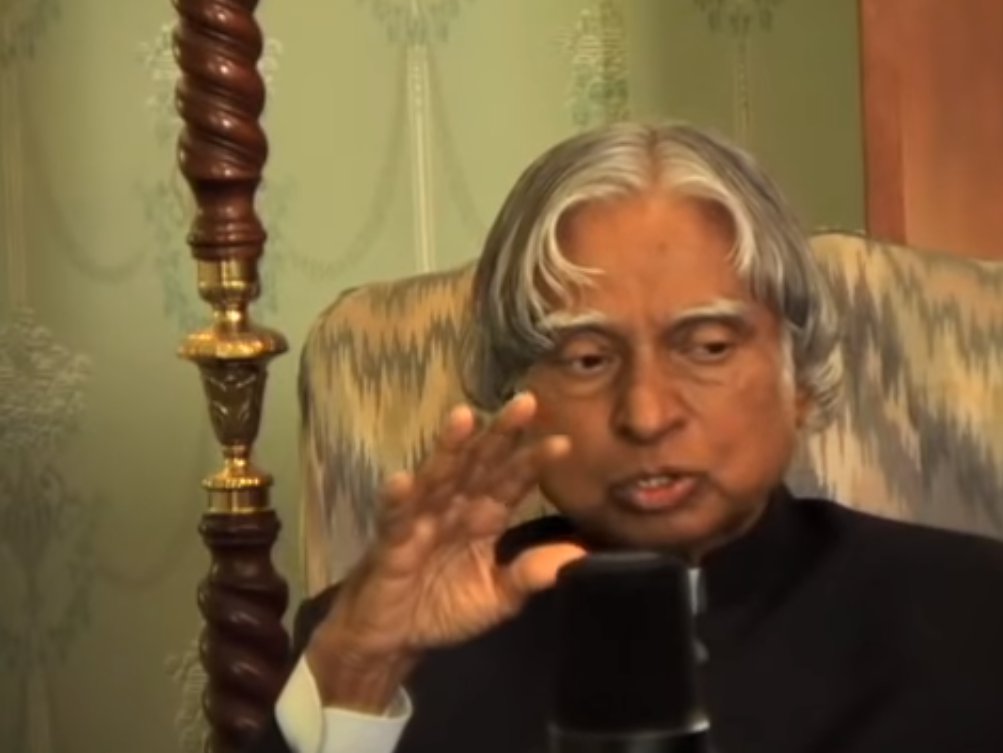
He said that they succeeded the next year and the whole nation was jubilant. Right before the press conference, Prof. Satish Dhawan told him, ‘You conduct the press conference today.’ He learned a very important lesson that day. When failure happened, the leader of the organization owned that failure. When success came, he gave it to his team.
The best management principle I have learned did not come to me from reading a book, it came from that experience.
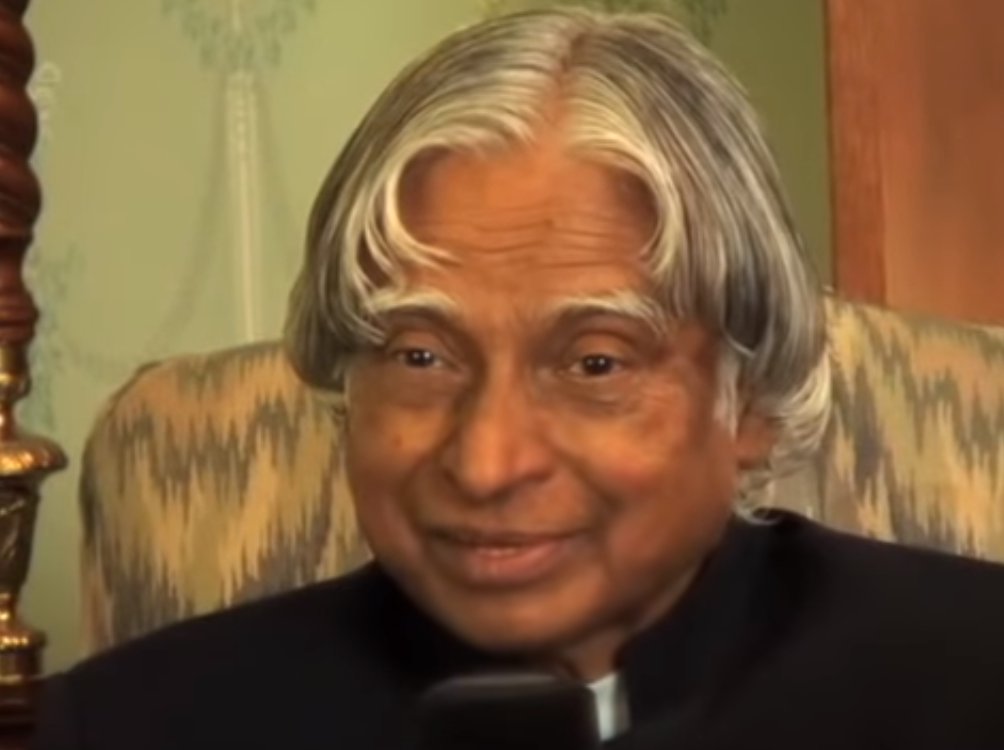
When he was asked how the grids of knowledge, health and e-governance help make India a developed country, he responded that all these societal grids lead to economic growth and social transformation.
The knowledge grid empowers the village citizens with skill and knowledge. The health grid brings the super-specialty healthcare available in the cities to the doorsteps of rural citizens. The e-governance grid brings transparent governance to the citizens.
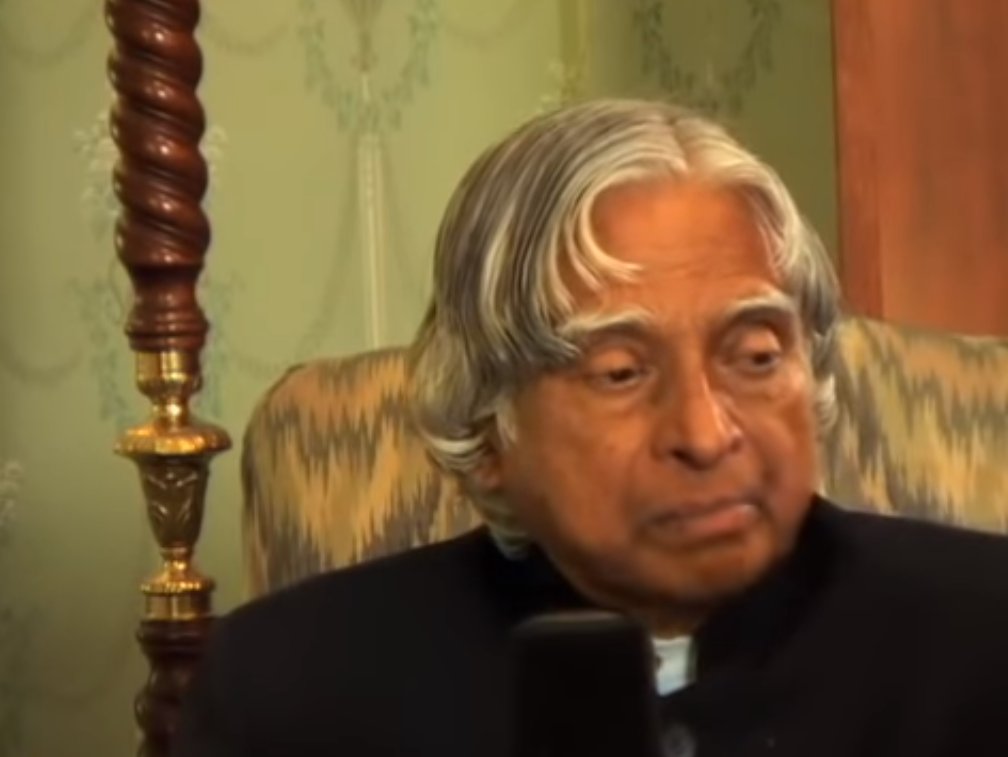
Upon asking about the biggest leadership challenge he faced during his years as India’s president, he said that he returned the ‘Office Of Profit Bill’ to the Parliament for the first time.
The reason was that I felt there was no transparent system for determining whether a post was an office of profit. That was a major decision. I studied the bill and returned it to the parliament for reconsideration. It created its own dynamic in my country, but I felt I did the right thing.
When he was asked if he would like to do something different if he could rewind and replay his years as president, he said that he felt that he should power the Rashtrapati Bhavan completely with solar power.
For that, I worked on a big proposal after completing four years of my Presidential term — and at the beginning of the fifth year. But then the environmental people raised a lot of questions. However, my term ended before I could answer them. I would have liked the Rashtrapati Bhavan to be the first home in the country to be powered completely by solar energy.
He concluded the interview with ‘The Vision’.
I climbed and climbed,
You can see the whole interview here:
There can never be another gem like you, sir.

















